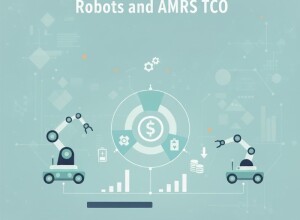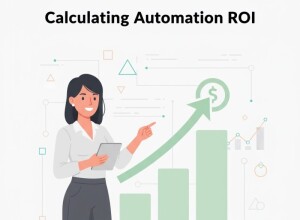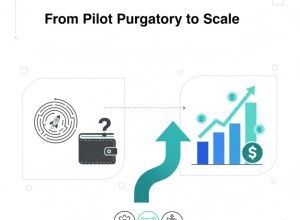Version Control for PLC Projects: Git without the Pain
Version control has long been standard in IT — but only recently practical in OT. Thanks to text-based IEC 61131-3 exports and open runtimes, PLC engineers can now apply Git workflows safely, without breaking projects or overwriting logic.
Why Version Control Matters
- Tracks every logic change and comment revision.
- Allows multiple engineers to collaborate asynchronously.
- Provides rollback during commissioning or audits.
How to Apply Git in PLC Development
- Export projects in text or XML form (Codesys, PLCnext, TwinCAT).
- Use .gitignore to exclude binaries and caches.
- Adopt branching for features and bug fixes, with clear commit messages.
Tools and Plugins
- PLCnext Engineer Git integration
- Codesys Source Control add-on
- Visual Studio Code with TwinCAT XAE Shell
Case Example
A packaging line integrator used Git for structured-text projects. Debug cycle time fell by 25%, and audit traceability satisfied ISO 9001 documentation standards automatically.
Related Articles
- IEC 61131-3 Patterns for Maintainable Code
- Unit Testing for PLC Logic: Yes, It’s Possible
- Open PLCs and Linux-Based Controllers: Pros and Cons
Conclusion
Version control brings software discipline to automation. With proper exports and branching, PLC engineers gain the same traceability and confidence that IT developers enjoy — without extra complexity.









































Interested? Submit your enquiry using the form below:
Only available for registered users. Sign In to your account or register here.